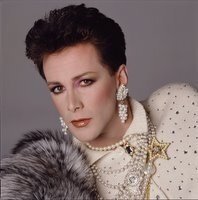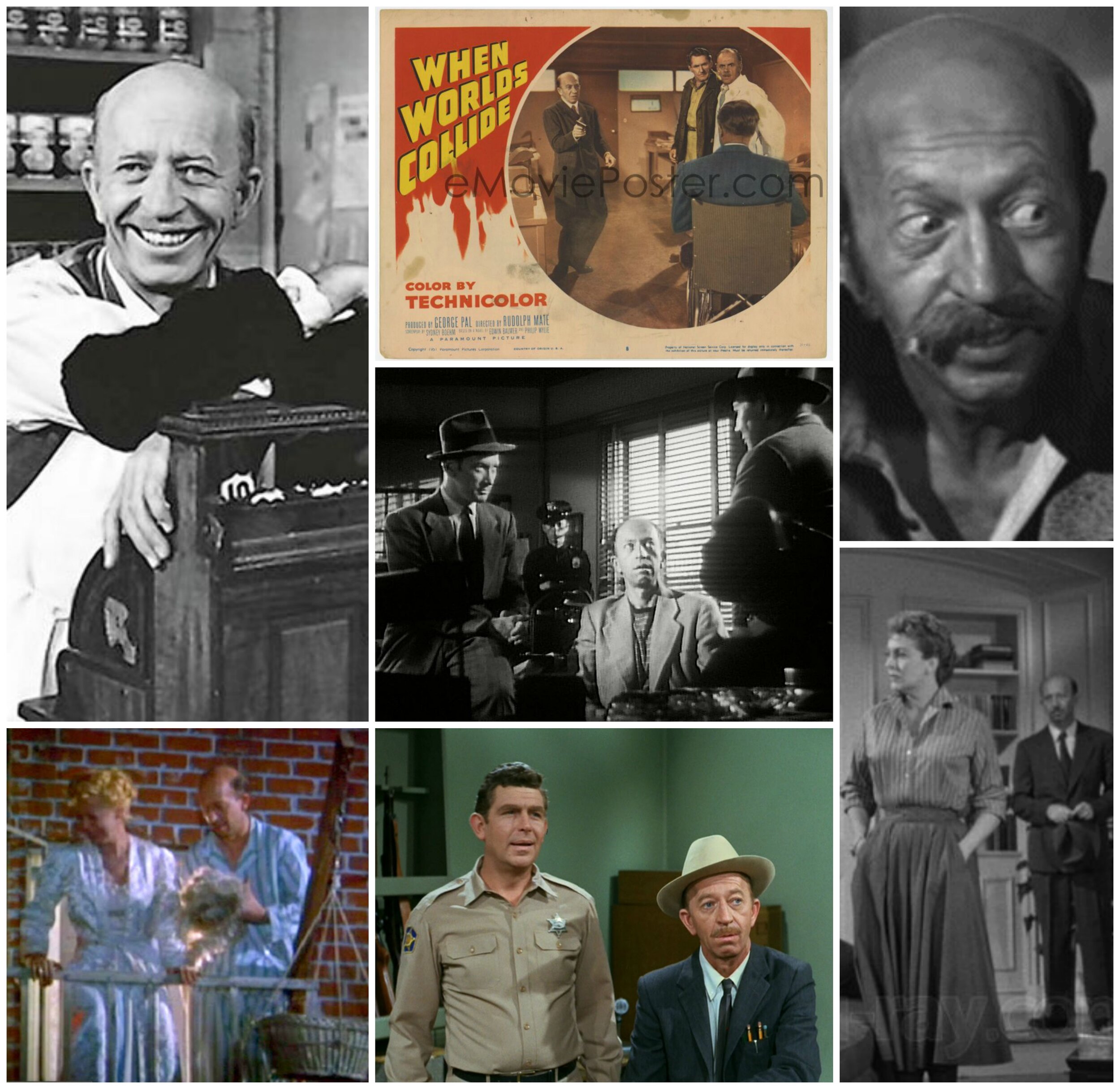A New Sybil's "WHO'Z DAT?"... HARRY DAVENPORT (January 19, 1866 – August 9, 1949)
/Darlings! Mummy has made a decision! After reading dozens of posts and having hundreds of conversations with well-meaning folks who just don't know about the great CHARACTER actors who gave films the depth and genius that surrounded and supported the so-called "stars", I am going to post a regular, special entry called SYBIL'S "WHO'Z DAT??"....there'll be photos and a mini-bio, and the next time you see one of those familiar, fabulous faces that you just "can't quite place"... well, maybe these posts will help. Some of these actors worked more, had longer and broader careers, and ended up happier, more loved, and even wealthier than the "stars" that the public "worships"... I think there may be a metaphor in that! What do you think???... well, if ever, ever there was an actor who was loved, truly loved more than this one, I’ve never heard of him… it’s Harry Davenport (January 19, 1866 – August 9, 1949), everybody’s favorite “grandpa”.
Harold George Bryant Davenport, he was an American film and stage actor who worked in show business from the age of six until his death. Born just one year after the end of the Civil War in Canton, Pennsylvania, where his family lived during the holidays. He also grew up in Philadelphia. Harry came from a long line of stage actors; his father was thespian Edward Loomis Davenport, and his mother, Fanny Vining Davenport, was an English actress and a descendant of the renowned 18th-century Irish stage actor Jack Johnson. His sister was actress Fanny Davenport. In fact all nine of the Davenport children shared their parents’ love for the arts, and several, including Harry, dedicated their lives to performing. Harry himself made his stage debut at the age of five at the Chestnut Theater in Philadelphia in a play written by Richard Edwards, DAMON AND PYTHIAS. Written in a tribute dedicated to Davenport in the “Canton Sunday Telegraph” in 1949 is a notation about the fact that Harry never spent his earnings from that debut. The story doesn’t refer to his being frugal, but rather endearing and sentimental – “His pay was $1.95 in coins of every denomination then current and all dated 1871. A five-dollar gold piece was added as a ‘bonus.'” Davenport kept the old coins in a safe deposit box and often said that a million dollars couldn’t make him get rid of them. And it remained so even during the leanest of times.
By his teen years Harry Davenport was a veteran stage actor playing Shakespearian stock companies. Working regionally for years, Davenport made his Broadway debut in THE VOYAGE OF SUZETTE (1894) at the age of 28 and appeared there in numerous plays for decades. While still working exclusively on the stage, Davenport also co-founded the Actor’s Equity Association (then called “The White Rats”) with stage legend, Eddie Foy. The union was formed to address theater owners’ exploitation of actors. Within the first year “The White Rats” had an enthusiastic membership who would cause a close-out of theaters in protest. It was that difficult situation (for the most part) that prompted Harry to join Vitagraph Studios in NYC at the age of 47, debuting in the 1913 silent short film KENTON'S HEIR, followed the next year by Sidney Drew’s, TOO MANY HUSBANDS, and FOGG'S MILLIONS, and a series of film shorts co-starring another veteran of the stage, Rose Tapley. These included eighteen comedy shorts that made up what is referred to as the “Jarr Family” series. In it, Davenport played Mr. Jarr, the patriarch of a middle-class family whose misadventures the series revolved around. Aside from playing the head of the Jarr family, Harry was also given directing duties in the stories, which were based on newspaper dailies written by humorist, Roy McCardell starting in 1907. All eighteen of the Jarr family productions at Vitagraph were produced and released in 1915.
In addition, he also directed some silent features and many shorts between 1915 and 1917. Davenport continued to work in film steadily throughout the 1910s, but returned to the stage full-time for the rest of the 1920s after a small, uncredited part in Fred Newmeyer’s, AMONG THOSE PRESENT in 1921. Full-time that is if stage work was available. Just like many other Americans at the time, Harry and his second wife Phyllis Rankin (a successful actor in her own right) were living through tough financial times. When not on the stage the couple would make ends meet by teaching acting and theater arts on the side and/or by picking wild strawberries which Phyllis made into preserves. They sold the preserves in New York and were successful enough at it to be able to “hire” local boys to help pick the strawberries. The boys’ pay was the promise of a bicycle to the best picker – a promise that was always kept.
Harry Davenport made a few films in the early 1930s, but it wasn’t until Phyllis’ untimely death in 1934 that his film career took off after he decided to travel to California to give Hollywood an earnest effort. Driving cross-country in his jalopy, Harry took his time, stopping in different cities along the way to act in a play or two to earn extra money. Could he ever have imagined that a brand-new career awaited him playing grandfathers, judges, doctors, and ministers. He came to Hollywood at 69 years of age during the height of the Great Depression and became one of the most beloved, admired and prolific actors in film history and one of the best-known and busiest "old men" in Hollywood films during the 1930s and 1940s.
Settling comfortably in a life in Hollywood, Harry Davenport took on as many movie roles as he could handle. He had a gift for both comedy and drama and specialized in playing earnest, authoritative, wise, and sometimes wise-cracking characters, most often men who others turned to for guidance. He appeared in only one scene for a few minutes as a wise and wryly observant judge in Frank Capra’s YOU CAN’T TAKE IT WITH YOU (1938), but his performance is unforgettable right to the final shot of him smiling and shaking his head at the pandemonium in his courtroom!
Harry Davenport played Dr. Meade in GONE WITH THE WIND (1939), a role that was both comical and poignant and extremely important to the central story as it unfolded. He completely commands the screen opposite Vivien Leigh, Clark Gable, and Olivia de Havilland, During his “twilight” years, when most others would be settling down into retirement, Harry Davenport worked continuously. To put it in perspective, he made thirteen films in what is considered by many to be the greatest year in film, 1939. Thirteen!! Aside from GONE WITH THE WIND, these included John Cromwell’s, MADE FOR EACH OTHER (as Dr. Healy), Irving Cummings’, THE STORY OF ALEXANDER GRAHAM BELL (as Judge Rider), William Dieterle’s, JUAREZ starring Paul Muni and Bette Davis, and Gus Meins’, MONEY TO BURN (as Grandpa). And from a productive standpoint that year was only so-so for Harry. He’d appeared in nineteen films in 1937!!
Some of his other film roles are as the aged King Louis XI of France in THE HUNCHBACK OF NOTRE DAME (1939) with film greats Charles Laughton, Thomas Mitchell, Edmond O’Brien, George Zucco, Maureen O'Hara, and Cedric Hardwicke. He played the lone resident in a ghost town in THE BRIDE CAME C.O.D. (1942), filmed on location in Death Valley, He also had supporting roles in Alfred Hitchcock’s thriller FOREIGN CORRESPONDENT (1940), William A. Wellman’s western THE OX-BOW INCIDENT (1943) and in KINGS ROW (1943) with Ronald Reagan. Davenport also played the iconic grandfather of Judy Garland in Vincente Minnelli's classic MEET ME IN ST. LOUIS (1944) and the great-uncle of Myrna Loy and Shirley Temple in THE BACHELOR AND THE BOBBY-SOXER (1947).
A lesser film Harry Davenport appeared in, but one we have to mention is the fifth entry in The Thin Man series, Richard Thorpe’s, THE THIN MAN GOES HOME (1945). Harry Davenport plays Dr. Charles, the father of one of the most popular detectives in filmdom, Nick Charles of Nick and Nora fame. A perfect choice! This particular story shows Nick and Nora returning to Nick’s parents’ house for vacation. Nick’s father, Dr. Charles, always dreamed of his son becoming a doctor as well and collaborating with him on a project for a new hospital. Not familiar with his son’s natural talents for investigation, the Doctor views Nick as little more than a beat cop. Meanwhile, Nick longs for his father’s approval so Nora sets out to involve Nick in a murder mystery in his hometown so the old Doctor can be duly impressed. In the end the Doctor is quite impressed with the son’s skills and when he tells the younger Charles, Nick’s vest buttons bust with pride (literally). The super-talented William Powell and Myrna Loy are joined not only by Harry Davenport, but also by the great, Lucille Watson.
Harry Davenport continued to appear in films up until his sudden death of a heart attack on August 9, 1949 at age eighty-three… one hour after he asked his agent Walter Herzbrun about a new film role! His last film was Frank Capra’s musical-comedy, RIDING HIGH (1950), which was released the year after his death. Bette Davis once called Davenport "without a doubt, the greatest character actor of all time.” Bette Davis!... can you imagine?!
Through his marriage to Phyllis, he was the brother-in-law of Lionel Barrymore who was married at the time to Phyllis' sister Doris. His entire family, including in-laws and eventually, all five of Harry Davenport’s own children would become actors or involved in production as well, as would a couple of his grandchildren. He was buried in Kensico Cemetery, Westchester County, New York. In the obituary, a newspaper called him the "white-haired character actor" with "the longest acting career in American history". Harry Davenport appeared in over 160 films. Asked why he made so many films at his age, he replied: “I hate to see men of my age sit down as if their lives were ended and accept a dole. An old man must show that he knows his job and is no loafer. If he can do that, they can take their pension money and buy daisies with it.”
[Want to read other stories here on SybilSez.com? Just enter any topic that pops into your head in the "search" window on the upper right! Who knows what might come up?...and feel free to share them with your friends!]













